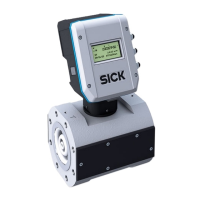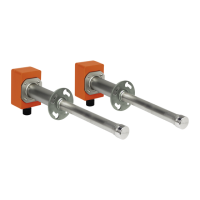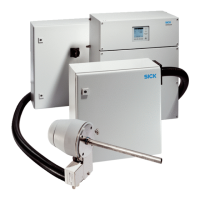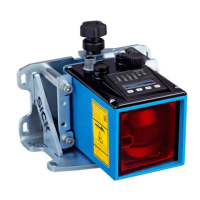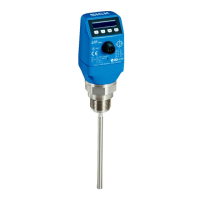Important information
FLOWSIC500 · Operating Instructions · 8025733/1GMJ/V4-2/2022-07 · © SICK Engineering GmbH 13
Subject to change without notice
1.3.6 Cleaning
1.4 Responsibility of user
▸
Only put the FLOWSIC500 into operation after reading the Operating Instructions.
▸
Observe all safety information.
▸
If anything is not clear: Please contact the SICK Customer Service.
Designated users
The FLOWSIC500 may only be operated by skilled technicians who, based on their
technical training and knowledge as well as knowledge of the relevant regulations, can
assess the tasks given and recognize the hazards involved.
Correct use
▸
Only use the FLOWSIC500 as described in these Operating Instructions (→ p. 11, §1.3.1).
The manufacturer bears no responsibility for any other use.
▸
Do not carry out any work or repairs on the FLOWSIC500 not described in this manual.
▸
Do not remove, add or change any components in or on the FLOWSIC500 unless such
changes are officially allowed and specified by the manufacturer.
Otherwise
– Any warranty by the manufacturer becomes void
– The FLOWSIC500 can become dangerous
– The approval for use in potentially explosive atmospheres is no longer valid
– The approval fur use in lines pressurized above 0.5 bar (7.25 psi) bar is no longer
valid.
WARNING: Ignition hazard through electrostatic charges
In certain extreme conditions in gas group IIC, unprotected plastic parts and
non-grounded enclosure metal parts can reach an ignitable measure of
electrostatic charges.
▸
Take precautionary measures to prevent electrostatic charges, localize, e.g.
the components where a charge generating mechanism could occur (e.g.
due to dust deposits caused by wind) and clean these with a damp cloth.
NOTICE: Cleaning information
▸
Only clean the FLOWSIC500 with a damp cloth.
▸
Do not use solvents for cleaning.
▸
Only use materials for cleaning which do not damage the surface of the
FLOWSIC500.
NOTICE:
Skilled persons are persons in accordance with DIN VDE 0105 or IEC 364, or
directly comparable standards.
These persons must have exact knowledge on hazards arising from operation,
e.g. through hot, toxic, explosive gases or gases under pressure, gas-liquid
mixtures or other media as well as adequate knowledge of the measuring
system gained through training.
